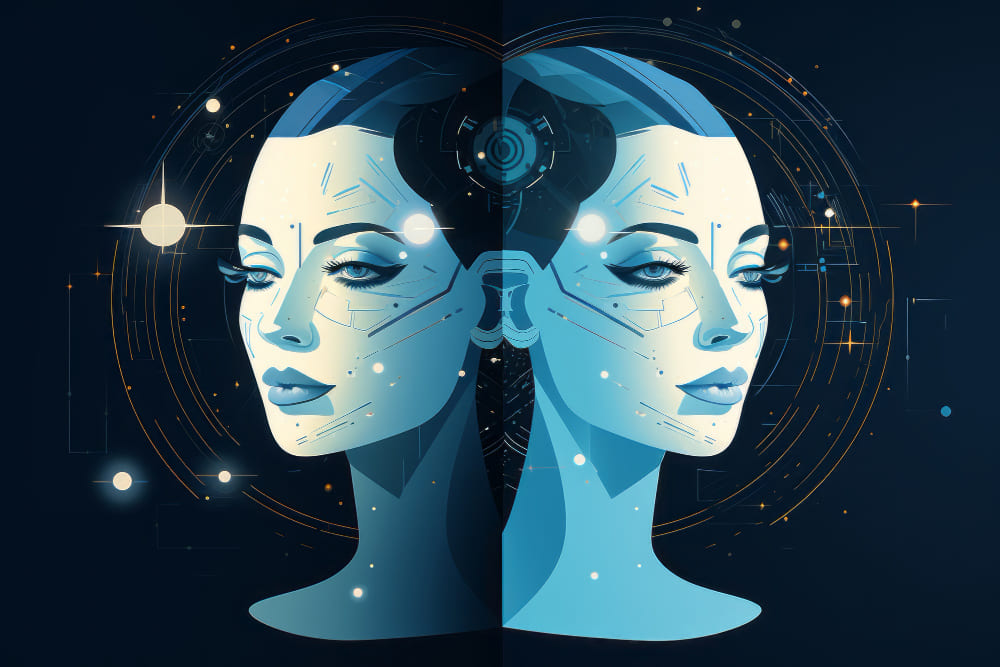AI algorithms have the ability to analyse vast amounts of data on art history, styles, and techniques. By evaluating this data, AI can offer insights and suggestions to human artists, serving as a creative partner. This collaboration allows artists to tap into new ideas and inspiration they may not have discovered on their own. AI can identify patterns, explore different artistic approaches, and even provide guidance on composition and color choices.
Generative Adversarial Networks (GANs)
Generative Adversarial Networks (GANs) have been a game-changer in the world of visual art creation. GANs consist of two neural networks working together – a generator and a discriminator. The generator creates new images based on training data, while the discriminator evaluates the images and provides feedback. This interplay between the generator and discriminator results in the creation of highly realistic and visually captivating images, some of which can be almost indistinguishable from human-created art.
Creating New Artistic Styles
AI algorithms have the ability to analyze existing art styles and deconstruct them. By understanding the characteristics and patterns of various art styles, AI can generate entirely new artistic styles that push the boundaries of traditional artistic expression. This has led to the emergence of unique and innovative art forms that encompass a wide range of visual aesthetics.
Redefining the Creative Process
AI technologies accelerate the creative process by generating and evaluating numerous variations quickly. Artists can explore different possibilities and experiment with various ideas more efficiently than ever before. This redefinition of the creative process frees artists from certain constraints, allowing them to explore uncharted territories and push the boundaries of their work. AI can also aid in automating repetitive tasks, giving artists more time and energy to focus on the conceptual aspects of their art.
Ethical and Philosophical Implications
The integration of AI into the art world raises important ethical and philosophical questions. For example, who should receive credit for AI-generated art – the human artist, the AI algorithm, or both? Does AI diminish the role of human creativity and emotion in art if it is assisted or even entirely created by AI? These questions challenge traditional notions of authorship, creativity, and the nature of art itself. They invite debates and discussions within the art community and beyond, prompting a reconsideration of our understanding of art in the digital age.
These are just a few of the ways in which AI is revolutionizing art creation. The collaborative partnership between humans and AI, the generation of new artistic styles, the redefinition of the creative process, and the ethical and philosophical implications it brings forth are all contributing to an exciting and transformative era for the art world.

